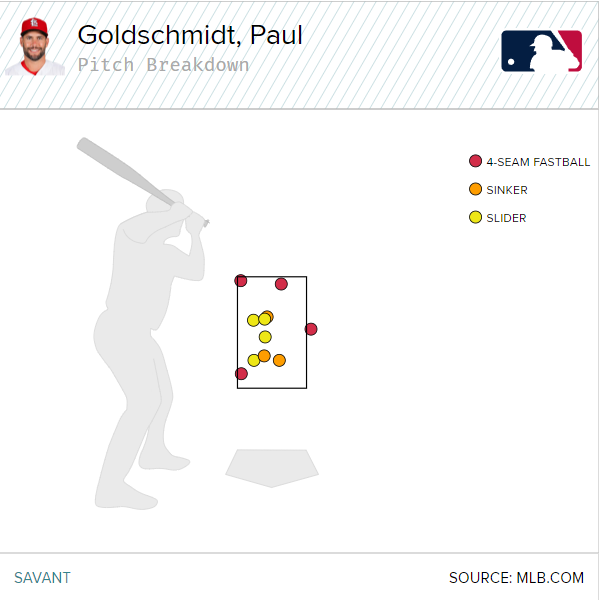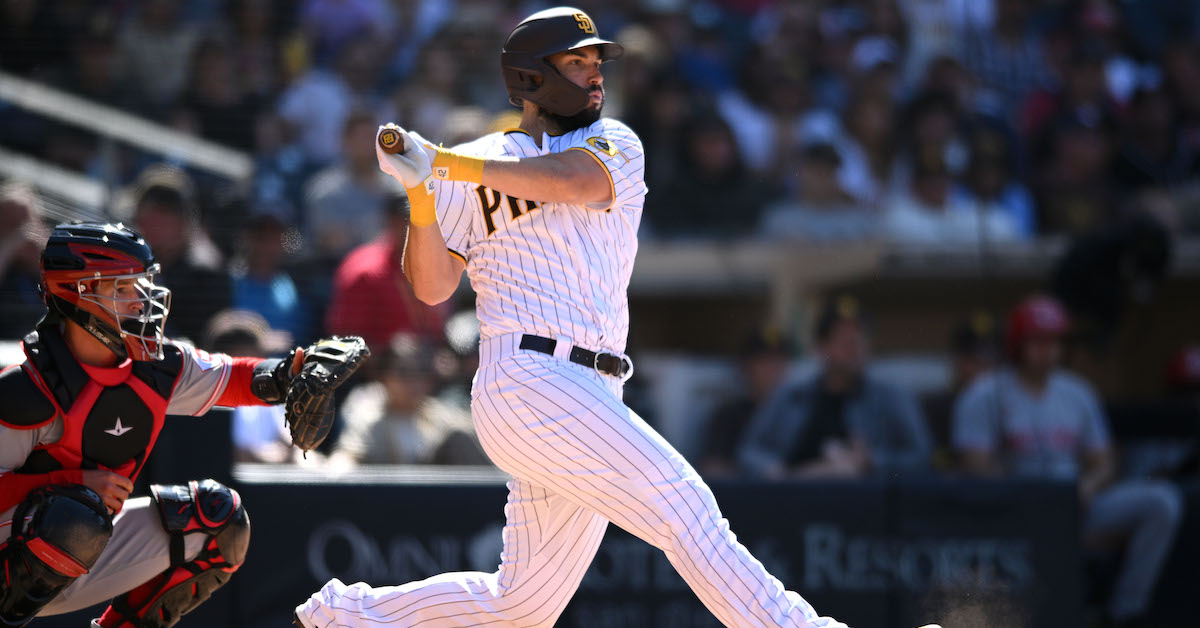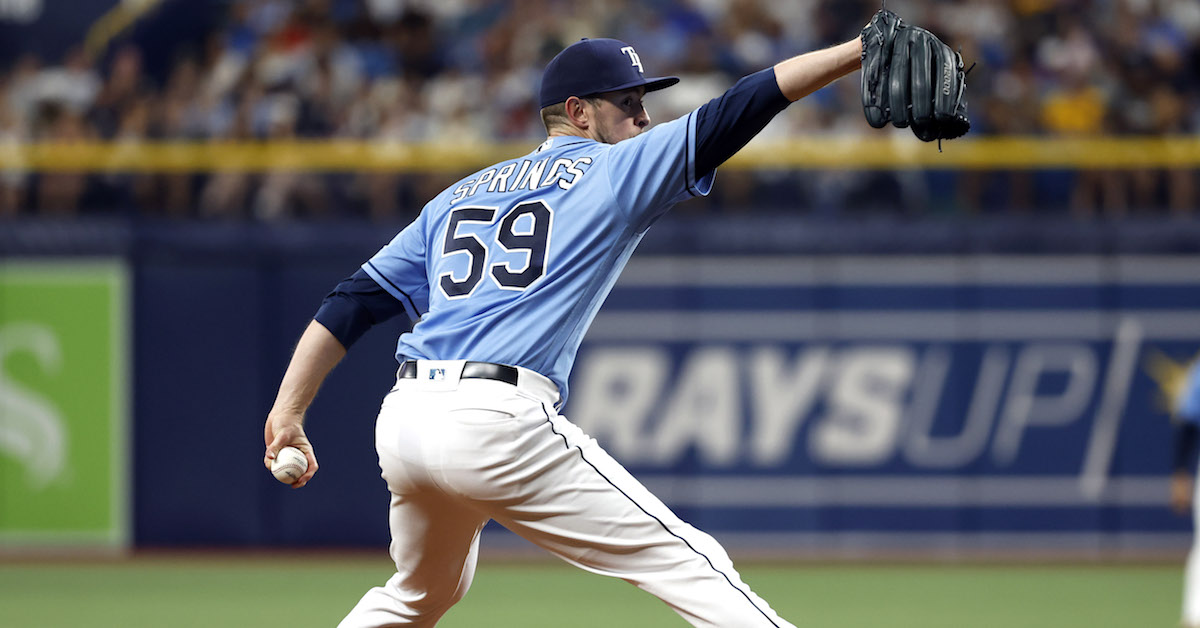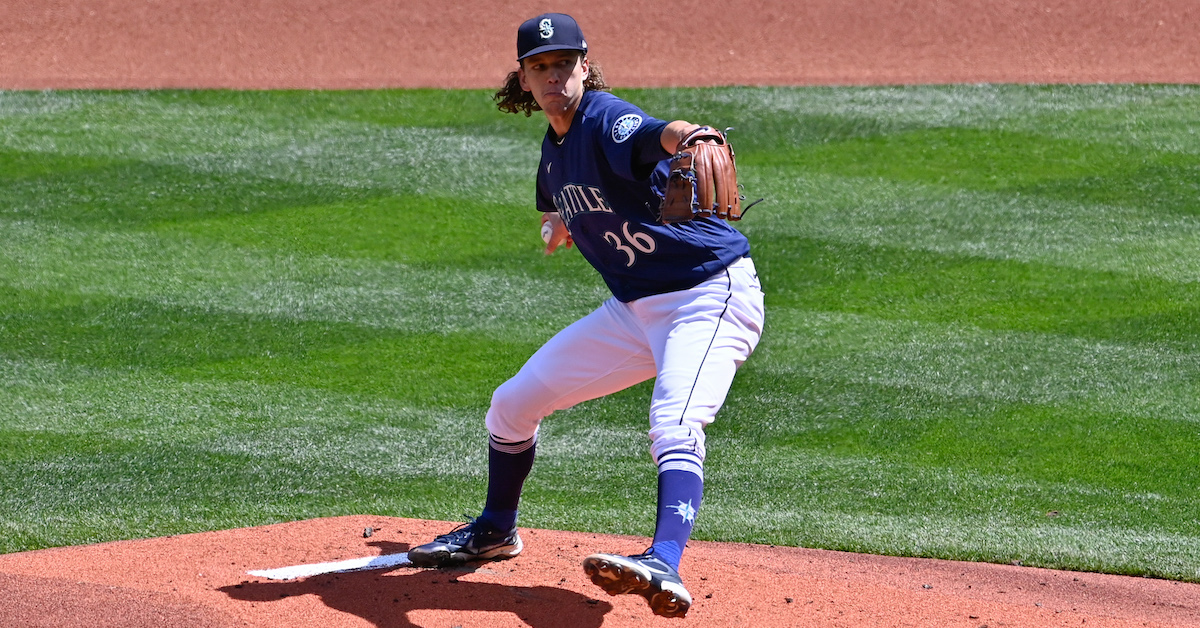Wednesday Prospect Notes: 6/1/22
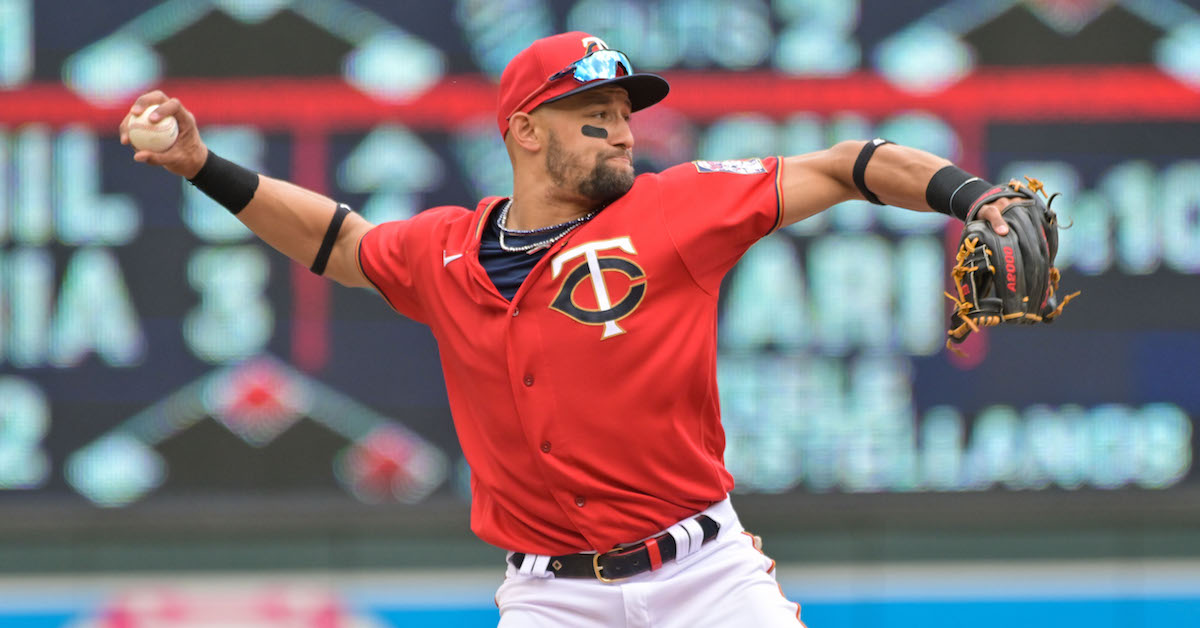
This season, Eric and Tess Taruskin will each have a minor league roundup post that runs during the week, with the earlier post recapping some of the weekend’s action. You can read previous installments of our prospect notes here.
Jared Shuster, LHP, Atlanta Braves
Level & Affiliate: Double-A Mississippi Age: 23 Org Rank: TBD FV: 45
Weekend Line: 6 IP, 5 H, 1 R, 1 BB, 8 K
Notes
Shuster’s velocity fluctuated wildly from start to start in 2021, and altogether he averaged just 89-90 mph last year, about three ticks below his typical velo in the lead up to the 2020 draft. It has been more consistent so far in 2022 but had still resided in the 88-91 mph range until Shuster sat 91-93 in his weekend outing. Except for that brief run up to the 2020 draft, Shuster has shown below-average fastball velocity, and while it’s worth continuously monitoring for change (especially because things were up a tad in this most recent start), Shuster’s history as a player points toward this velo band being where he’ll sit for the long haul. His fastball has other characteristics that help enable it to punch above its weight, but it isn’t a plus pitch at its current velocity. Instead, he continues to rely on his plus changeup, of which he has plus command. Shuster locates his cambio down and to his arm side with remarkable consistency, and it is by far his best offering. In part because of how well he hides the ball, Shuster’s slider has some in-zone utility, especially against left-handed hitters, though he struggles to locate it in that enticing, off-the-plate location where most sliders play best. While Shuster doesn’t have a tool for every situation, he is a lefty with a plus changeup whose fastball has sneaky utility despite medium velocity, the skillset of many a No. 4/5 starter. Read the rest of this entry »


